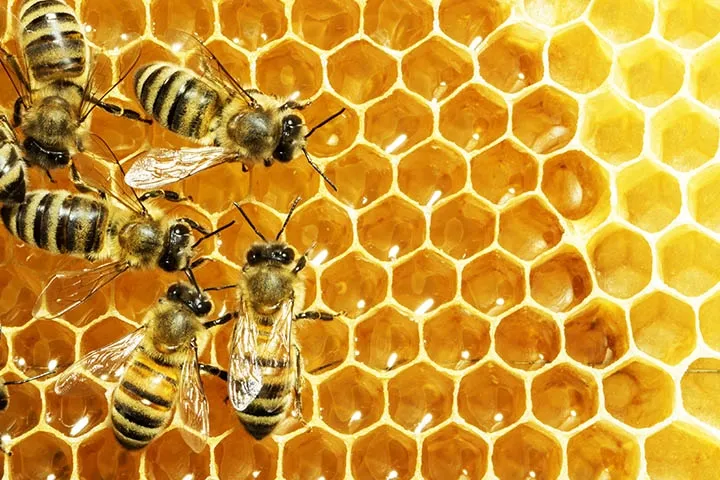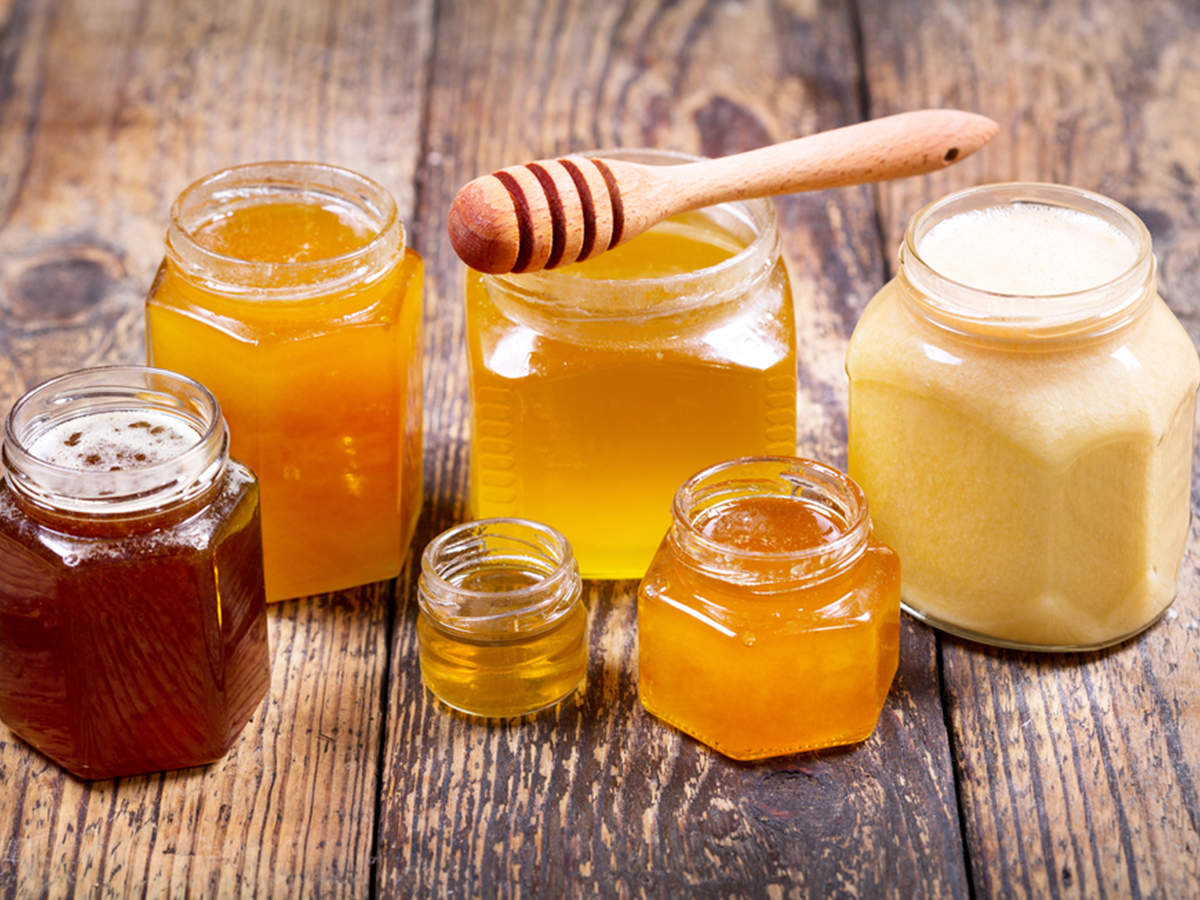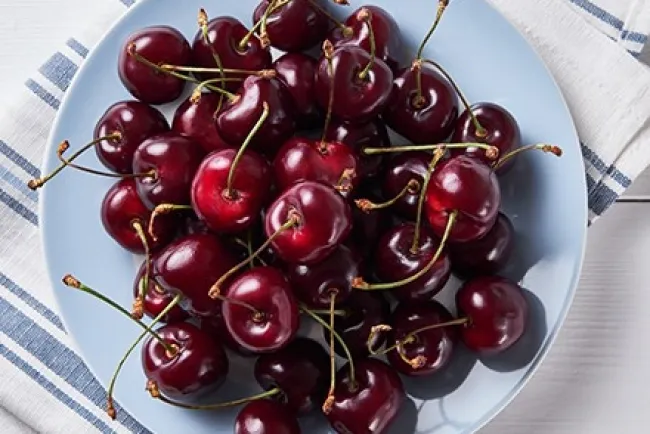The Wonders of Honey: Nature's Sweet Treasure...!!!
The process of making honey involves nectar collection, water content reduction, enzymatic activity, and capping the honeycomb cells. There are many types of honey, each offering unique flavors and uses.

Honey is a sweet, viscous substance produced by honeybees from flower nectar. It has been a staple in human diet and culture for thousands of years, valued for its taste and medicinal properties.
1. The Making of Honey
a. Nectar Collection
The process begins when forager bees collect nectar from flowers. They use their long, tube-like tongues to extract the nectar and store it in their "honey stomachs," a specialized organ separate from their regular stomach. A forager bee can visit up to 1,500 flowers in a single trip.
b. Transformation in the Hive
Once the forager bees return to the hive, they transfer the collected nectar to house bees through a process called trophallaxis, where the forager bee regurgitates the nectar and the house bee takes it in. The house bees then work to transform the nectar into honey.
c. Reducing Water Content
House bees deposit the nectar into honeycomb cells and fan it with their wings to evaporate the water content. Nectar is about 70-80% water, but the bees reduce it to around 18% to create honey. This thickening process is crucial to prevent fermentation and spoilage.

d. Enzymatic Activity
While reducing the water content, the bees add enzymes to the nectar. These enzymes, primarily invertase, break down the complex sugars in nectar into simpler sugars like glucose and fructose. This transformation gives honey its sweetness and long shelf life.
e. Capping the Honey
Once the nectar has been sufficiently processed into honey, the house bees cap the honeycomb cells with a thin layer of beeswax to seal and protect the honey. This capping helps keep the honey fresh and prevents contamination.
2. Types of Honey
There are numerous types of honey, each with its unique flavor, color, and texture, influenced by the type of flowers the bees visit. Here are some of the most popular types of honey:
a. Clover Honey
-
Description: Clover honey is one of the most common types, known for its mild, sweet flavor and light color.
-
Source: Derived from the nectar of clover flowers.
-
Uses: Ideal for baking, sweetening tea, and as a table honey.
b. Manuka Honey
-
Description: Manuka honey is known for its strong, earthy flavor and dark color. It has unique antibacterial properties.
-
Source: Produced from the nectar of the Manuka bush native to New Zealand and Australia.
-
Uses: Often used for medicinal purposes, such as wound healing and soothing sore throats.
c. Acacia Honey
-
Description: Acacia honey is light in color with a mild, delicate flavor. It remains liquid for a long time due to its high fructose content.
-
Source: Made from the nectar of the black locust tree, also known as the false acacia tree.
-
Uses: Perfect for drizzling over fruits, cheese, and yogurt.
d. Buckwheat Honey
-
Description: Buckwheat honey is dark and has a robust, malty flavor. It is rich in antioxidants.
-
Source: Derived from the nectar of buckwheat flowers.
-
Uses: Often used in baking and cooking, as well as a natural remedy for coughs.

e. Wildflower Honey
-
Description: Wildflower honey can vary in flavor and color, depending on the mix of wildflowers the bees visit.
-
Source: Collected from various wildflowers.
-
Uses: Versatile and can be used for sweetening, baking, and cooking.
f. Orange Blossom Honey
-
Description: Orange blossom honey has a light, citrusy flavor and a pale color.
-
Source: Made from the nectar of orange blossom flowers.
-
Uses: Ideal for adding a citrusy twist to desserts and beverages.
Honey is a remarkable natural product created through the diligent work of honeybees. The process of making honey involves nectar collection, water content reduction, enzymatic activity, and capping the honeycomb cells. There are many types of honey, each offering unique flavors and uses. From the common clover honey to the medicinal Manuka honey, the diversity of honey types provides a wide range of options for culinary and therapeutic applications.
What's Your Reaction?

















